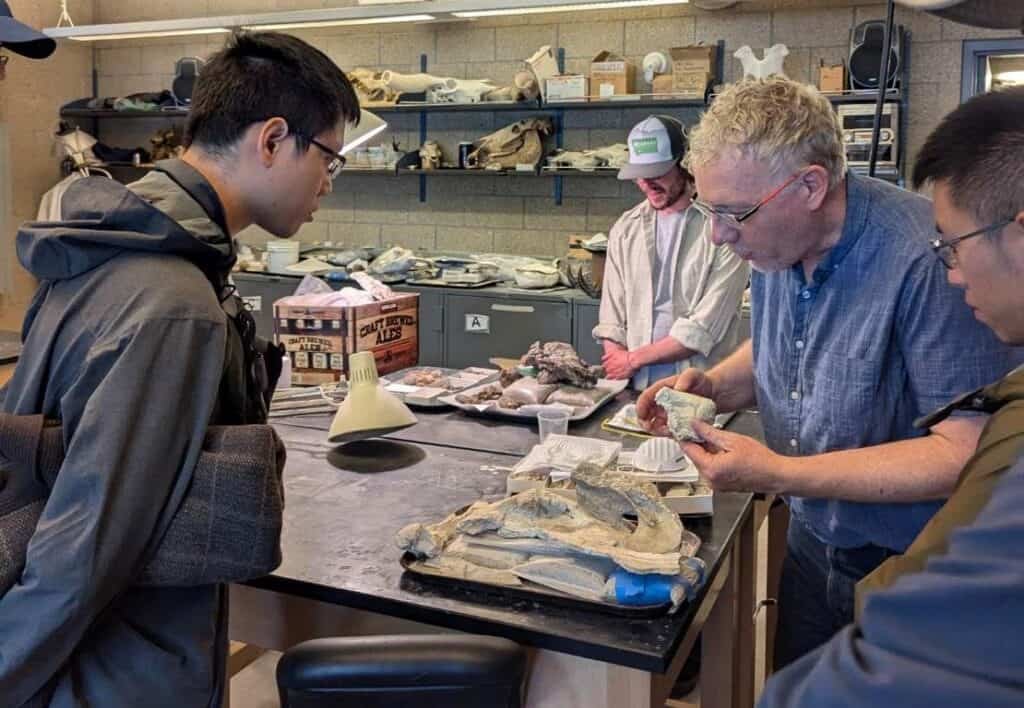A “new chapter” in TNE, renewed focus on Southeast Asia and a desire for joined-up collaboration to improve integrity issues were among the key themes discussed at a recent Future Focus Dialogue – an event designed to connect senior sector leaders with Australian government departments supporting international education.
Organised by Austrade with the involvement of many government departments and peak bodies, the afternoon saw high level dialogue focused on three key areas: quality and integrity, Transnational Education (TNE) and graduate employability and workforce needs.
The issue of onshore provider switching quickly emerged during the open discussion. While charging international students to switch providers is not expected in the short term, it was acknowledged as one of several potential measures being considered to address the challenge of course transfers.
Education providers were encouraged to look at their own track record for students requesting to switch – currently allowed after a six-month ban on immediate course change – and to consider their retention rate in terms of whether their recruitment is having an effective outcome.
Elsewhere, delegates heard from quality standards auditor, TEQSA, on its desire to continue to work collaboratively with education providers to highlight and solve any integrity issues. Speakers acknowledged that quality and integrity compliance isn’t solely a problem caused by education agents – providers too have a responsibility to uphold high quality standards.
The agency reiterated its regulatory role in overseeing registered institutions, and indicated a desire to work with providers across the system to develop coordinated, government-aligned actions.
Maintaining integrity across both the migration and education systems remains a critical focus for government, officials from the Department of Education also reinforced, with efforts underway to strengthen coordinated action, involving regulators and multiple agencies.
Within this broader ecosystem, education agents are recognised as playing a valuable role in supporting international students, but one that must be balanced with appropriate oversight and accountability. A core priority is protecting students from exploitation and ensuring the system operates in their best interests, the Gold Coast audience heard.
Discussions throughout the day showed a clear call for a focus on diversity – and deeper engagement with southeast Asia – although it was acknowledged that this is not an easy goal, noting the difficulty of starting fresh in an emerging source country and the cost of investment required.
But other means of diversification exist – through campus location, course level, and by getting students into programs in locations across Australia, not just in the most concentrated spots, stakeholders were reminded.
Representatives from the Department of Home Affairs added weight to the call for sustainable growth and developing new markets slowly. The DHA’s experience in processing visas mean they have seen first-hand that rapid growth in a market doesn’t necessarily mean it’s quality growth.
Nepal was highlighted as a market that had been invested in and developed to become an important source country for Australia.
The DHA said it is keen to support providers on their journey to building such markets, while looking to avoid uncontrolled growth without quality, with a shared priority for government and providers being the sustainability of the sector.
An audience question sparked discussion around the Australian government’s Southeast Asian Economic Strategy to 2040 – which is just two years old – and how investment funds might be channelled to help support international educators. Officials described it as an “opportune time” for the sector and government to do more in terms of the implementation of recommendations and to work collaboratively.
A recent trip to Thailand and Cambodia yielded meaningful engagements for 19 education and skills providers in Australia who had been a part of the mission, the audience heard.
Other areas, such as engaging with Australian alumni in region were not as advanced, due in part to the ambition of the strategy.
Continuing to work with the sector to incentivise and support a focus on that key region as part of broader diversification plans is very much a priority for government, it was revealed, with government thinking about future policy settings that support that outreach to South East Asia in line with the strategy.
Officials said there is “clearly scope” to expand from a low base in many markets and cited Indonesia as an example.
The focus on southeast Asia also extended to the TNE panel discussion, in which it was agreed that there was a “new era” for opportunity in TNE, with many Australian institutions were looking at this more seriously.
The Philippines and Vietnam were cited as two examples of markets focused on vocational skills and open to TNE development. Data was shared that already, 100,000 students are enrolled on TNE courses leading to an Australian qualification.
TNE expansion was described as a medium to a long-term objective, one that requires a shift of investment, and that is going to require increasing engagement and advocacy by government agencies, with partner countries.
Officials have already seen a step up in the engagement, including by hosts in Thailand and in Vietnam.
The government continues to view TNE as a key element in supporting diversification within Australia’s international education sector. TNE is recognised for its role in expanding access to Australian education for students who may not be able to undertake study onshore, and it remains a consideration in shaping future international education policy.
Certain TNE arrangements have also been granted priority visa processing exemptions, outside of National Planning Level (NPL) calculations, reflecting the government’s recognition of TNE’s value in strengthening the integrity and global reputation of Australia’s education system.
























